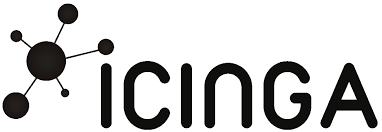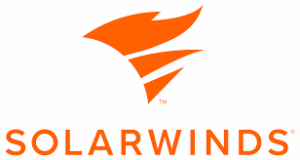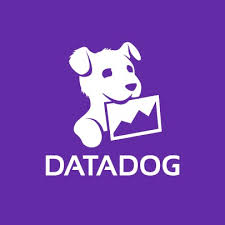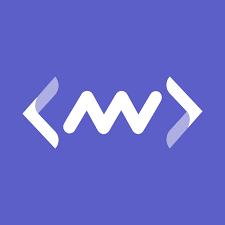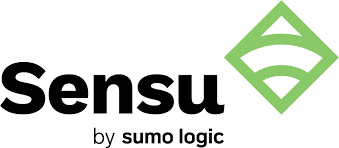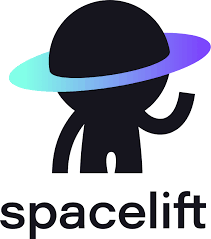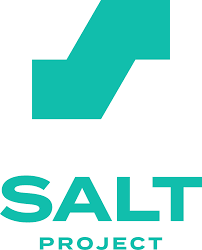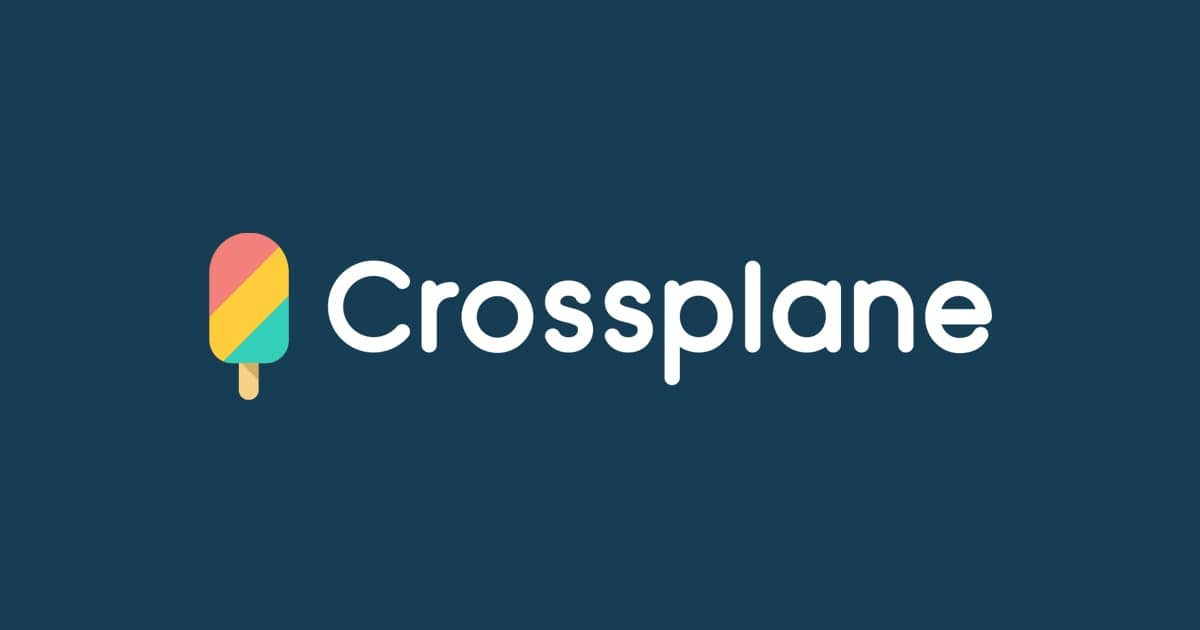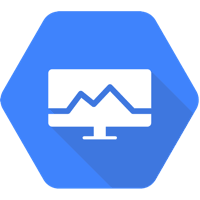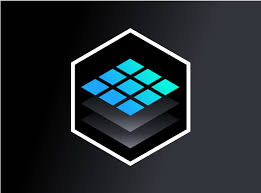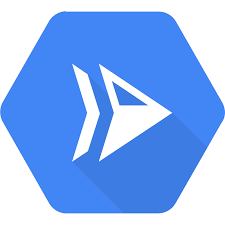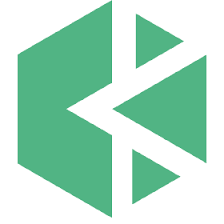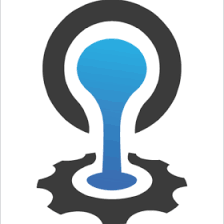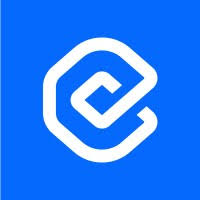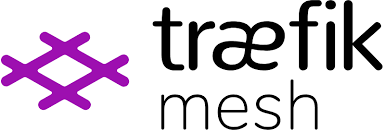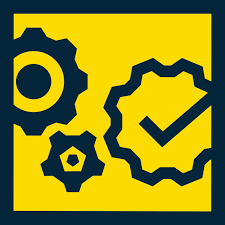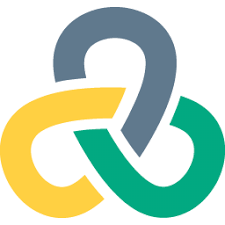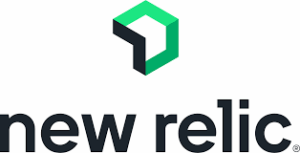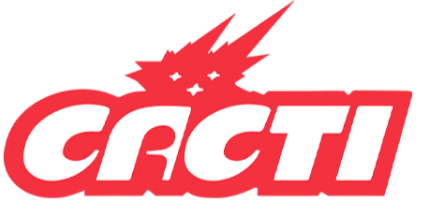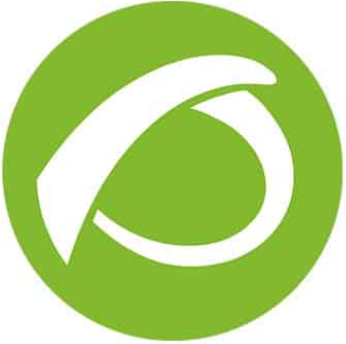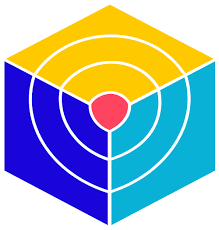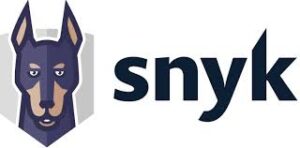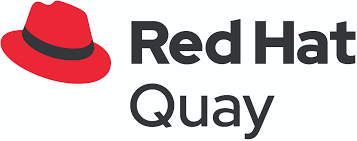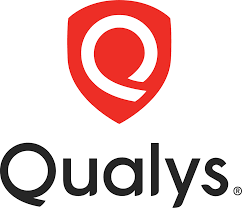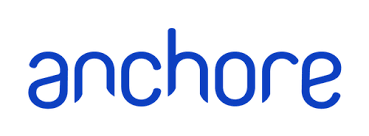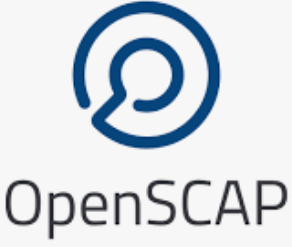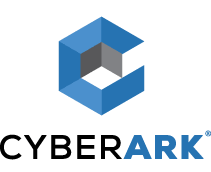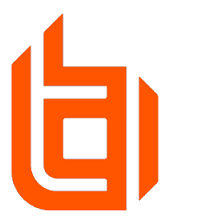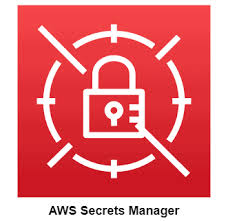Load testing isn’t as simple as it used to be. Apps are bigger, traffic is weirdly unpredictable, and nobody has time to babysit brittle scripts all week. Gatling is still fine for plenty of folks, but it’s totally fair if it feels a bit heavy or just not the right fit anymore.
There are quite a few leading companies doing this in their own way now. Some give you a cleaner, more forgiving workflow. Others take over the whole thing so you don’t have to think about servers or test runners at all. This rundown isn’t about picking a “best” tool. It’s more like a quick tour of what’s out there so you can see which option matches the way your team actually works in real life.

1. AppFirst
AppFirst isn’t a load testing tool in the traditional sense, but it still shows up in conversations about Gatling alternatives because some teams simply want to avoid dealing with infrastructure altogether. Instead of writing Terraform, managing VPCs, or wrestling with cloud config, they describe what their application needs and let AppFirst handle the rest. It appeals to teams that want to move fast without building their own internal platform or relying on a heavy DevOps setup to deploy new services.
They focus on giving developers a way to ship apps without worrying about the plumbing underneath. Logging, monitoring, alerting, networking, databases, and all the usual pieces get provisioned automatically across whatever cloud a team uses. For groups thinking about performance and stability but not interested in maintaining test infrastructure, AppFirst offers a different angle compared to Gatling itself. It removes the friction around deployment so teams can focus on writing code and evaluating how their apps behave once they’re live.
Wichtigste Highlights:
- Considered by teams who want to avoid managing infrastructure while evaluating Gatling alternatives
- Lets developers define app requirements instead of writing cloud config
- Provides built-in logging, monitoring, and alerting
- Works across AWS, Azure, and GCP
- Offers SaaS and self-hosted deployment
Dienstleistungen:
- Automatic provisioning of cloud infrastructure
- Built-in observability tools
- App centric cost visibility and auditing
- Multi cloud support
- Self-hosted and managed SaaS options
Kontaktinformationen:
- Website: www.appfirst.dev
2. Apache JMeter
Apache JMeter often comes up when people start looking for Gatling alternatives. It’s been around for a long time, and teams usually turn to it when they want something open source that doesn’t lock them into one way of doing load testing. JMeter works at the protocol level, so it handles a lot of different scenarios without pretending to be a full browser. It’s not fancy, but it gives technical teams a familiar, flexible setup that they can shape however they need.
Because it’s an Apache project, the community keeps adding extensions and plugins, which makes it easier to adapt JMeter to weird or older systems that newer tools sometimes struggle with. Some folks say parts of it feel dated, but the tradeoff is that it stays stable and predictable. For anyone comparing options and wanting something that can test a wide mix of protocols without much drama, JMeter ends up being a practical option next to Gatling.
Wichtigste Highlights:
- Commonly used as an open source Gatling alternative
- Works at protocol level instead of mimicking a browser
- Supports many different application and protocol types
- Can be extended through plugins and scripting
- Runs anywhere Java runs
Dienstleistungen:
- Last- und Leistungstests
- Stress- und Skalierbarkeitstests
- Support for HTTP, API, messaging, and other protocols
- Test plan recording and debugging
- CI pipeline integrations
- Custom scripting and extensions
Kontaktinformationen:
- Website: jmeter.apache.org
- Twitter: x.com/ApacheJMeter
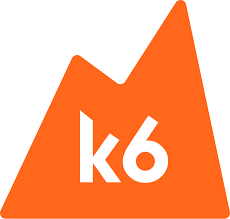
3. K6 by Grafana
k6 is built by Grafana is usually one of the first tools people bump into when they start looking for a Gatling alternative. It leans heavily toward a developer-friendly setup, especially since the scripting is done in JavaScript, which makes it feel familiar for a lot of teams. They focus on giving engineers a way to write tests that don’t feel like a chore, whether you’re running something small on your laptop or pushing much heavier tests through their cloud platform. The tool covers load testing at its core, but it also stretches into things like browser checks and synthetic monitoring, which makes it useful when teams want one setup instead of juggling multiple tools.
What makes k6 stand out among Gatling alternatives is how much effort they’ve put into making the workflow feel simple and consistent. You can write one script and run it pretty much anywhere, which takes away a lot of the usual friction. They have extensions for different protocols and frameworks, plus integrations with plenty of common dev tools, so it fits into most setups without a lot of ceremony. People tend to use k6 when they want a straightforward, code-first approach but without the heavier JVM-style process that comes with Gatling.
Wichtigste Highlights:
- Popular option when comparing Gatling alternatives
- Test scripting in JavaScript
- One script works for local, distributed, and cloud runs
- Supports browser checks, APIs, and other testing types
- Integrates with common engineering and monitoring tools
Dienstleistungen:
- Last- und Leistungstests
- Browser and end-to-end testing
- Synthetic monitoring
- Fault and resilience testing for cloud-native systems
- Infrastructure and scalability testing
- Continuous regression and reliability checks
Kontaktinformationen:
- Website: grafana.com
- Email: info@grafana.com
- LinkedIn: www.linkedin.com/company/grafana-labs
- Twitter: x.com/grafana
- Facebook: www.facebook.com/grafana

4. LoadForge
LoadForge usually comes up when teams want a Gatling alternative that feels easier to get going with. Instead of writing everything from scratch, they give people a few different ways to build tests, like recording browser sessions or uploading API specs. That setup tends to appeal to teams that want something more guided, especially when they need to test sites, APIs, or whole user flows without spending all day writing scripts. They also let you kick off tests from your CI pipeline, which helps when you want performance checks to run in the background instead of becoming a separate chore.
They position themselves more as a platform than just a tool, which means they cover a bunch of areas that go beyond basic load testing. Teams like that they can scale tests up or down without thinking much about the underlying setup, and the reporting is built to help people understand what went wrong without digging through logs. For anyone comparing options and wanting something that handles both the test creation and the heavy lifting in the cloud, LoadForge ends up being a practical alternative to Gatling.
Wichtigste Highlights:
- Often used as a more guided alternative to Gatling
- Lets teams create tests through recordings, API files, or Python scripts
- Works for websites, APIs, and browser-driven flows
- Scales tests without requiring infrastructure setup
- Provides reporting that focuses on readable insights
Dienstleistungen:
- Load and stress testing for websites and APIs
- Browser session recording and playback
- API test generation from specifications
- CI pipeline integrations for automated performance checks
- Cloud-based test execution
- Reliability and performance analysis
Kontaktinformationen:
- Website: loadforge.com
- Email: help@loadforge.com
- Phone: (510) 944-1376
- Address: 651 North Broad Street Middletown, DE 19709 United States of America

5. Loadium
Loadium is another option teams look at when they want something a bit different from Gatling but still familiar enough that the learning curve isn’t painful. They work with a lot of open source tools, so people who already use JMeter or Gatling can plug their existing scripts into the platform instead of starting from zero. What usually stands out is that they try to make test creation less frustrating by offering things like a script builder and a Chrome recorder. That tends to help teams who want to get tests running quickly without spending hours writing everything by hand.
They also give teams the option to run tests in the cloud or on their own setup, which is useful when you have different environments or security requirements. Their dashboard focuses on making the results easier to read, especially when you’re trying to track down bottlenecks. For anyone comparing tools and wanting something that keeps one foot in the open source world while adding a bit more convenience, Loadium ends up being a reasonable alternative to Gatling.
Wichtigste Highlights:
- Often chosen as a more flexible alternative to Gatling
- Supports open source tools like JMeter, Gatling, and Selenium
- Includes a no-code script builder and recording tools
- Can run tests in the cloud or on-premise
- Reporting is designed to help teams spot performance issues quickly
Dienstleistungen:
- Load and stress testing for web apps and APIs
- Script creation through recorders and no-code tools
- Open source script execution
- Cloud and on-premise load generation
- CI pipeline integrations
- Performance analysis and troubleshooting
Kontaktinformationen:
- Website: loadium.com
- LinkedIn: www.linkedin.com/company/loadium
- Twitter: x.com/loadiumcom
- Facebook: www.facebook.com/loadiumcom
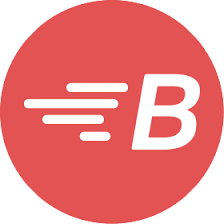
6. BlazeMeter
BlazeMeter is one of the tools teams look at when they outgrow Gatling or just want something that covers more parts of the testing process in one place. They take a broad approach, mixing performance testing with things like API checks and functional testing, so teams can keep everything under a single setup instead of juggling several tools. Because it works with open source technologies like JMeter and Gatling itself, people often use BlazeMeter as a way to run bigger or more organized versions of the tests they already have.
They also offer service virtualization and other pieces that help when a team needs to test systems that rely on unavailable or unstable components. The platform leans toward simplifying the day-to-day work around testing, especially when companies want to fold load tests into their CI pipelines. For anyone comparing options and needing something that supports both open source scripts and more structured workflows, BlazeMeter ends up being a practical alternative to Gatling.
Wichtigste Highlights:
- Common choice for teams exploring Gatling alternatives
- Works with open source tools like JMeter, Gatling, and Selenium
- Covers performance, API, and functional testing in one setup
- Offers service virtualization for testing complex systems
- Designed to fit into CI workflows
Dienstleistungen:
- Last- und Leistungstests
- API testing and monitoring
- Funktionsprüfung
- Service virtualization
- Test automation support
- CI pipeline integrations
Kontaktinformationen:
- Website: www.blazemeter.com
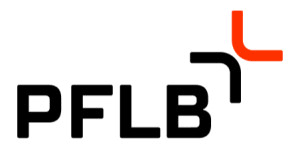
7. PFLB
PFLB is another option teams look at when they want something more structured than Gatling but still developer friendly. They focus on helping people run load tests in the cloud without having to manage any of the underlying setup. Most teams that pick up PFLB usually want an easier way to handle larger tests or reuse things they already have, like JMeter scripts or Postman collections. Their platform leans on automation and AI to explain results, which helps when teams don’t have hours to dig through reports manually.
They also try to cover different testing needs in one place, so performance engineers, QA teams, and DevOps folks can use the same tool instead of juggling different ones. A lot of what they offer is built around making repeat testing less painful, especially when running tests straight from CI. For anyone comparing Gatling alternatives and wanting something that handles the heavy lifting while still supporting open source workflows, PFLB ends up fitting that space pretty well.
Wichtigste Highlights:
- Considered by teams as a more automated alternative to Gatling
- Works with JMeter, Postman, and HAR files
- Cloud based load execution with AI assisted insights
- Designed for repeated tests and CI usage
- Helps teams understand performance issues without deep manual analysis
Dienstleistungen:
- Last- und Leistungstests
- API, web, and gRPC testing
- Cloud based load generation
- Automated test analysis with AI
- CI pipeline integrations
- Professional support for performance testing
Kontaktinformationen:
- Website: pflb.us
- Email: sales@pflb.us
- Phone: +14084182552
- Address: 2810 N Church St, PMB 729811, Wilmington, Delaware 19802-4447, US
- LinkedIn: www.linkedin.com/company/pflb
- Twitter: x.com/pflb22

8. OctoPerf
OctoPerf is often considered by teams who want a Gatling alternative that still feels familiar but removes a lot of the overhead that comes with managing load testing infrastructure. They focus on giving users a browser based way to build and run tests, which appeals to teams who want something easier to operate than a fully script driven workflow. Because OctoPerf supports tools like JMeter under the hood, people can reuse what they already have while getting a smoother interface and less setup work.
They also lean into helping teams structure tests for web apps, APIs, and more complex user flows without forcing them into a single testing style. A lot of teams use OctoPerf when they want to scale tests quickly or collaborate without dealing with local environments. For anyone comparing load testing platforms and looking for something that sits between open source flexibility and a cleaner cloud experience, OctoPerf usually fits that middle ground pretty well.
Wichtigste Highlights:
- Often used as a simpler alternative to Gatling
- Provides a browser based interface for building and running tests
- Supports JMeter projects for easier migration
- Scales tests in the cloud without local setup
- Helps teams collaborate on performance scenarios
Dienstleistungen:
- Last- und Leistungstests
- API and web application testing
- Cloud based load generation
- JMeter project import and execution
- Test result reporting and analysis
Kontaktinformationen:
- Website: octoperf.com
- Email: contact@octoperf.com
- Phone: +334 42 84 12 59
- Address: Avantages Buro, ZI Les Paluds, 276 Avenue du Douard, 13400 Aubagne, France
- LinkedIn: www.linkedin.com/company/octoperf

9. Artillery
Artillery is one of the tools people look at when they want something lighter and more flexible than Gatling but still powerful enough to handle real load testing. They focus a lot on developer workflows, which means teams can write tests the same way they write their application code. Because Artillery supports both API and browser based testing, it fits well for teams that need to check more than just backend performance. Their platform also mixes local runs with cloud execution, so teams can start small and scale only when they need to.
They also put effort into keeping everything in one place, from Playwright E2E tests to load testing and even early monitoring. Many teams like that they can reuse existing Playwright tests or run distributed browser tests without managing their own infrastructure. For anyone comparing Gatling alternatives and wanting a setup that feels modern and code friendly, Artillery often ends up being a comfortable fit.
Wichtigste Highlights:
- Often picked as a more flexible, code friendly alternative to Gatling
- Supports API, GraphQL, WebSocket, and browser based load testing
- Works with Playwright tests for end to end or browser heavy scenarios
- Lets teams run tests locally or with cloud runners
- Integrates easily with CI pipelines and monitoring tools
Dienstleistungen:
- Last- und Leistungstests
- Playwright based browser testing
- Distributed load testing in the cloud
- Synthetic monitoring for key user journeys
- CI and developer workflow integrations
- Reporting and debugging tools for test analysis
Kontaktinformationen:
- Website: www.artillery.io
- Email: support@artillery.io
- Address: 169 Madison Avenue, #2096, New York, NY 10016 USA
- Twitter: x.com/artilleryio

10. Locust
Locust is one of those tools people bring up when they want a Gatling alternative that stays close to actual coding instead of pushing them into a heavy UI. The whole idea is built around defining user behavior in Python, which feels natural for teams who prefer writing tests the same way they write the rest of their backend logic. It keeps things simple on purpose, letting you describe what users do and then scale that out across as many machines as you need.
They also lean on a clean, script driven setup instead of layers of configuration files or complex editors. Because of that, teams often reach for Locust when they want a load testing tool that gets out of the way but still handles big workloads. It works well for APIs and web apps, and because everything sits in code, it’s easy to version, share, and automate. For anyone comparing Gatling alternatives and wanting something that feels straightforward and developer friendly, Locust fits that space pretty naturally.
Wichtigste Highlights:
- Often chosen as a simple, code based alternative to Gatling
- Tests are written in plain Python
- Supports distributed testing across multiple machines
- Good fit for API and web load testing
- Open source with an active community
Dienstleistungen:
- Python based load test creation
- API and web application testing
- Distributed load generation
- CLI based test execution
- Hosted option available through Locust.cloud
- Community and contributor support
Kontaktinformationen:
- Website: locust.io
- Twitter: x.com/locustio

11. BrowserStack
BrowserStack is usually known for cross browser and device testing, but they also offer load testing now, which puts them on the list for teams comparing Gatling alternatives. Their approach leans toward running load in a more realistic, browser based way, so teams can see how both the frontend and backend behave under pressure. It works well for anyone who already uses BrowserStack for functional testing and wants to reuse those scripts instead of writing a whole new set just for load.
They also keep things pretty hands off when it comes to infrastructure. Teams can run tests from different regions, watch metrics as they happen, and debug from one place without spinning up machines or installing anything. It’s the kind of setup that appeals to people who want something simple to operate but still want meaningful insights. For anyone comparing Gatling with cloud platforms that focus on ease of use, BrowserStack often lands in that category.
Wichtigste Highlights:
- Considered by teams as an easier, browser oriented alternative to Gatling
- Uses existing functional test scripts for load testing
- Simulates frontend and backend load together
- Fully managed infrastructure with no setup needed
- Supports load tests across multiple regions
Dienstleistungen:
- Browser based load testing
- API-Lasttests
- Real time performance monitoring
- Unified reporting and debugging tools
- CI pipeline integrations
- Cross browser and device testing tools
Kontaktinformationen:
- Website: www.browserstack.com
- E-Mail: support@browserstack.com
- Telefon: +1 (409) 230-0346
- Address: 4512, Suite # 100, Legacy Drive, Plano TX 75024 USA
- LinkedIn: www.linkedin.com/company/browserstack
- Twitter: x.com/browserstack
- Instagram: www.instagram.com/browserstack
- Facebook: www.facebook.com/pages/BrowserStack
Schlussfolgerung
Looking at all these Gatling alternatives side by side, the main takeaway is that teams have way more room to pick something that actually fits how they work. Some tools lean into code first testing, others smooth out the setup with cloud platforms, and a few try to keep everything in one place so you’re not juggling scripts, reports, and infrastructure on your own.
If you’re unsure where to start, trying one or two options with a small test run usually tells you more than any long comparison chart. Every team has its own quirks, and the right tool is usually the one that feels less like a chore and more like something you won’t mind using every week. Once you find that fit, the whole performance testing process becomes a lot less painful.


